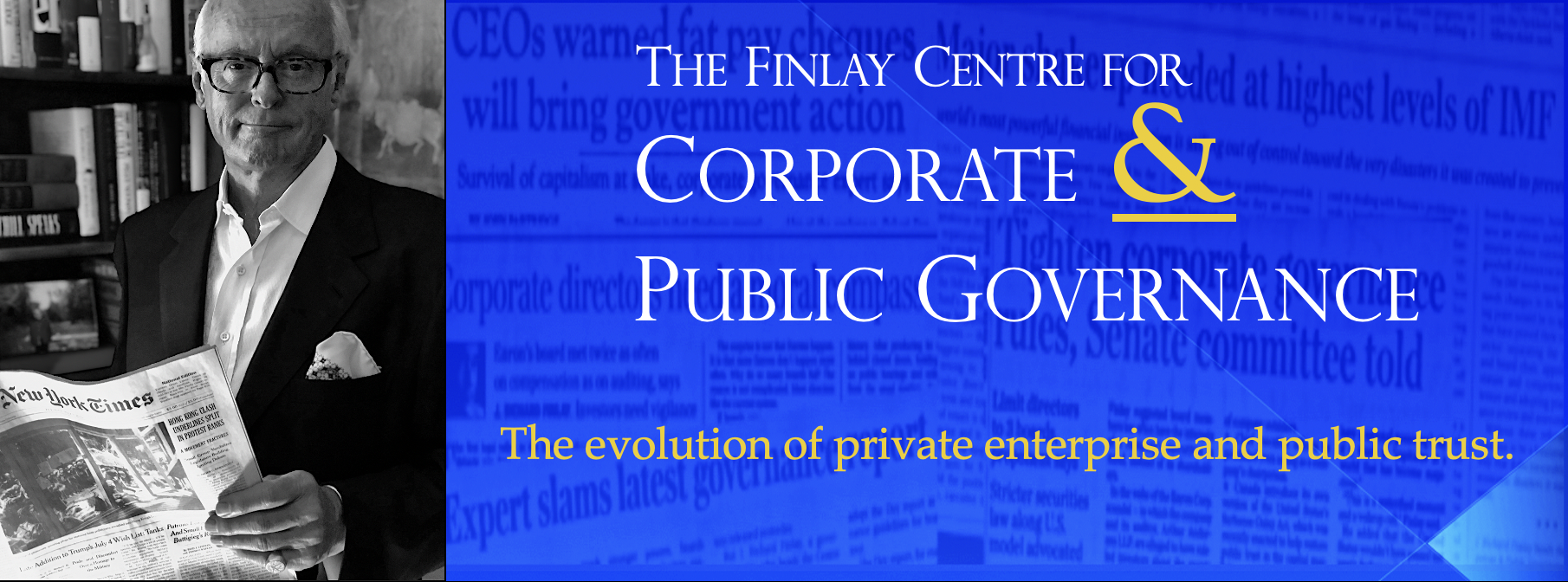Fed’s dabbling with debt innovation in a time of over-leveraging is a decidedly subprime idea.
The Fed, which recently bailed out Wall Street over its subprime related credit blunders (see the testimony of Federal Reserve Board Chairman Ben S. Bernanke before the Senate Banking Committee on April 3, 2008), is now looking at ways of becoming even more creative in the economy. The Wall Street Journal reports options being considered include:
Having the Treasury borrow more money than it needs to fund the government and leave the proceeds on deposit at the Fed; issuing debt under the Fed’s name rather than the Treasury’s; and asking Congress for immediate authority for the Fed to pay interest on commercial-bank reserves instead of waiting until a previously enacted law permits it in 2011.
One option we think should be on the Fed’s table is this: do less.
American governments, corporations and households are already mired in unparalleled levels of debt. The current credit fiasco is the result of an experiment in debt gone terribly wrong. It was made worse when Wall Street got into the picture and saw the unavoidable temptation of more subprime innovation. So far, in addition to record home foreclosures, mounting unemployment and staggering corporate losses, it has resulted in the collapse of Bear Stearns, which the Fed warned before the Senate last week nearly resulted in calamity for the world’s financial system. We will have further comments on the Fed’s Wall Street bailout in an upcoming post on these pages.
If we have learned anything from the efforts of these too-clever-by-half financial players to defy the laws of physics (i.e., risk) in the economy in recent months, it is that what is lauded as creative genius one day can quickly turn into a symbol of reckless folly the next. Americans don’t need a debt experimenting Fed in a time when excesses in risk and imagination have already created a masterpiece of chaos.
It can only be hoped that his recent experience with the limelight and the cheers of the Wall Street crowd has not turned the otherwise conservatively inclined, academically trained Ben Bernanke into the Angelo Mozilo of central bankers.
